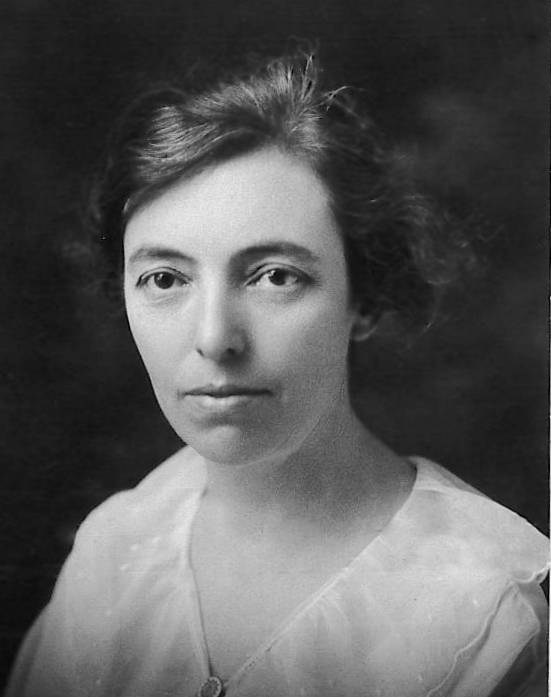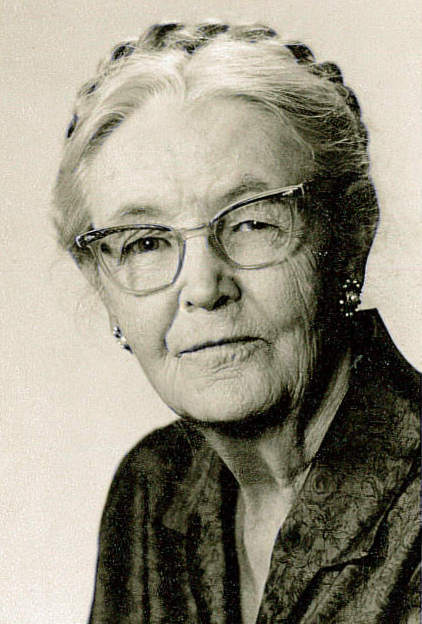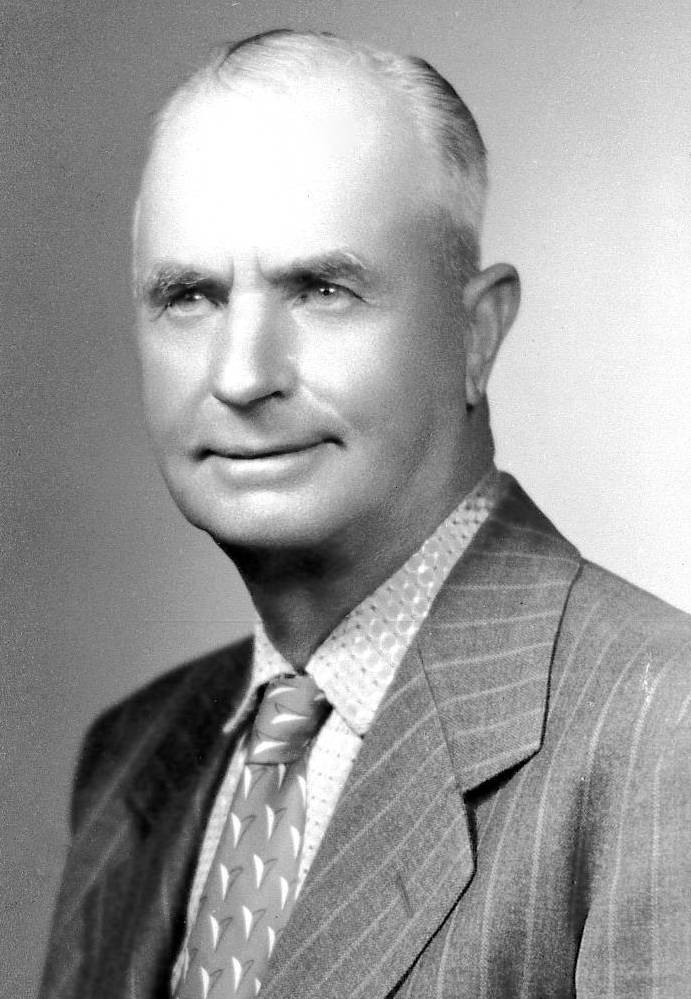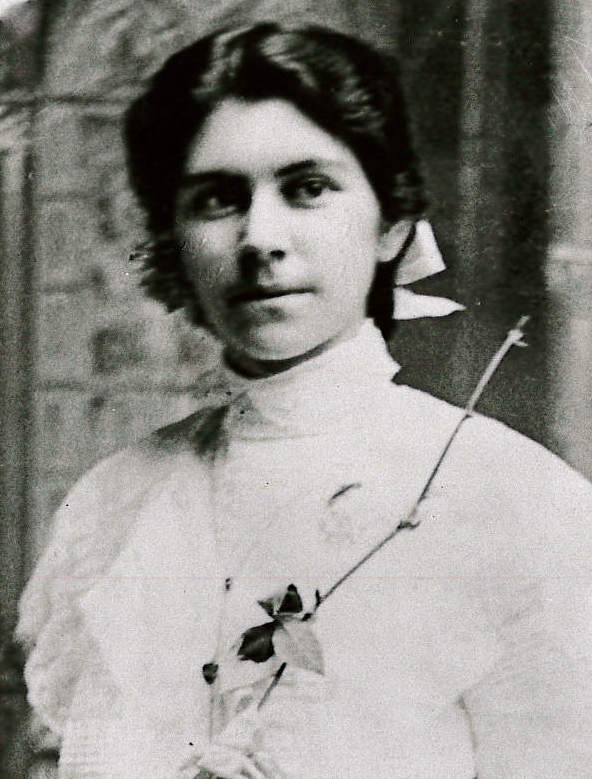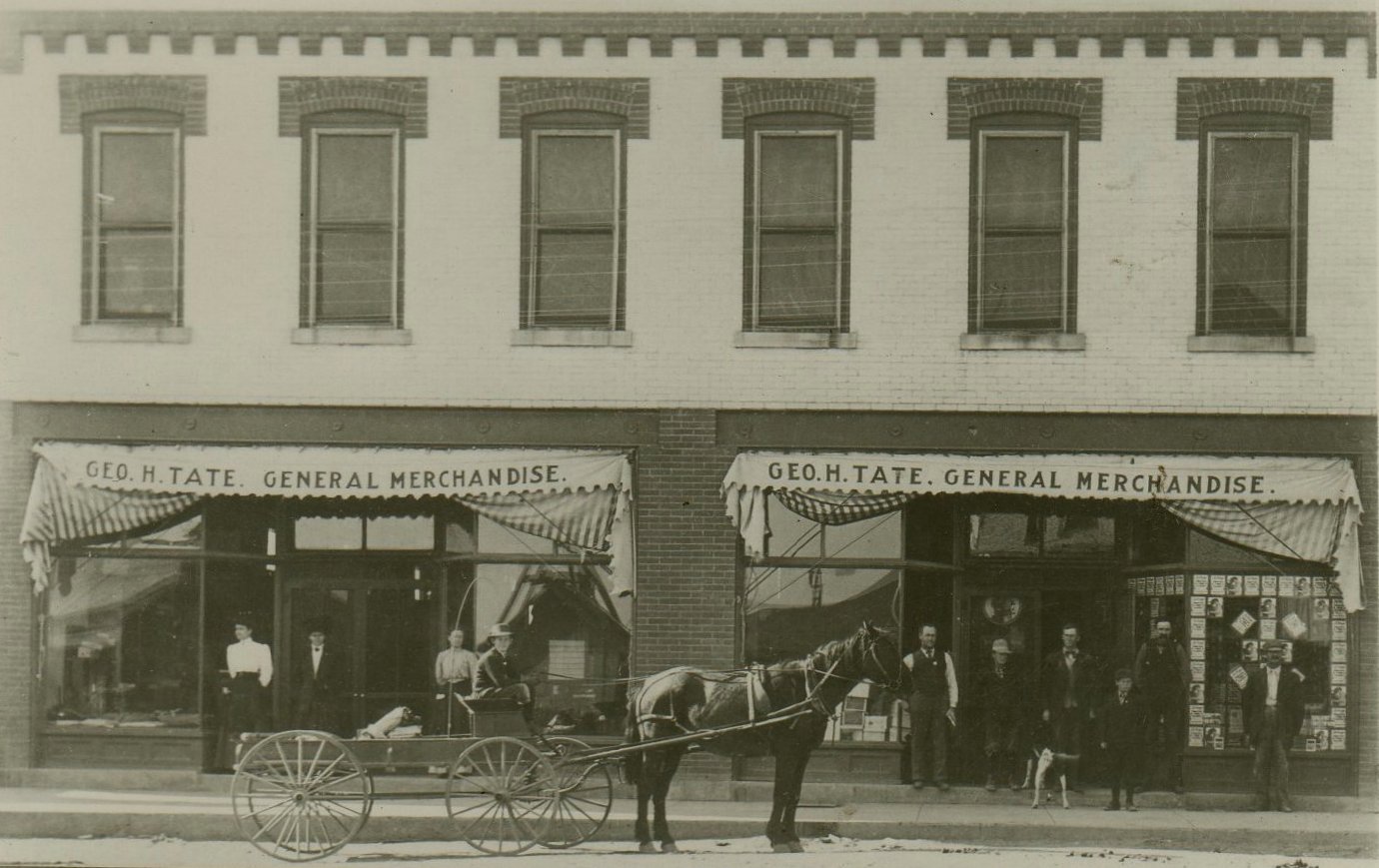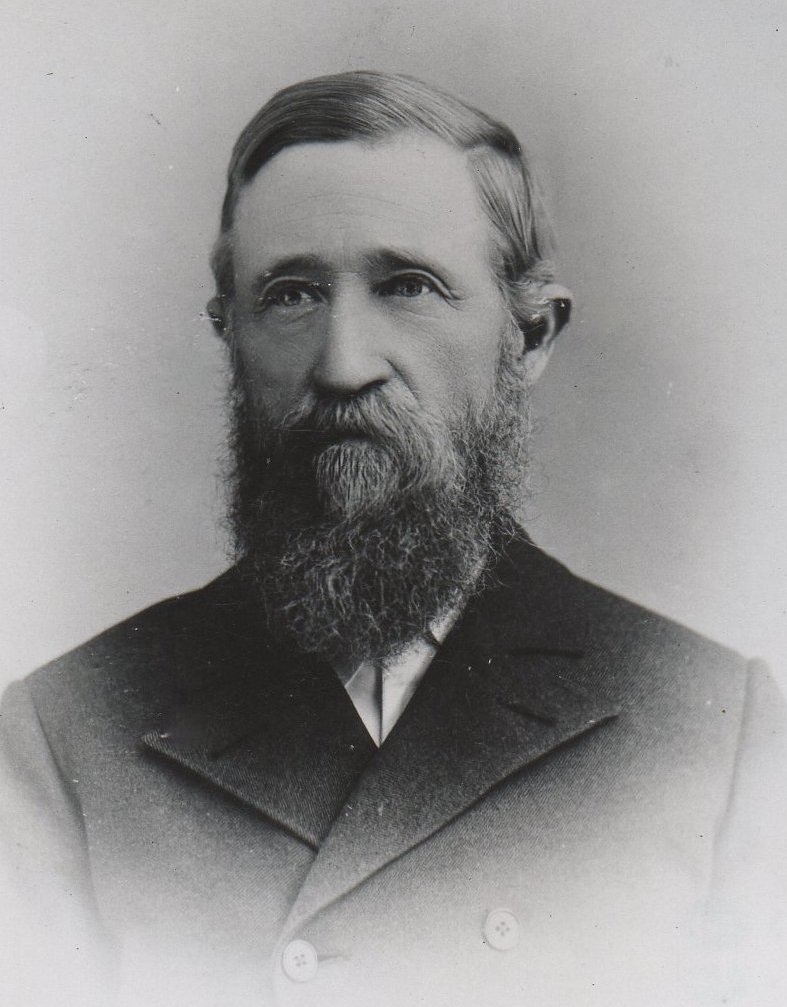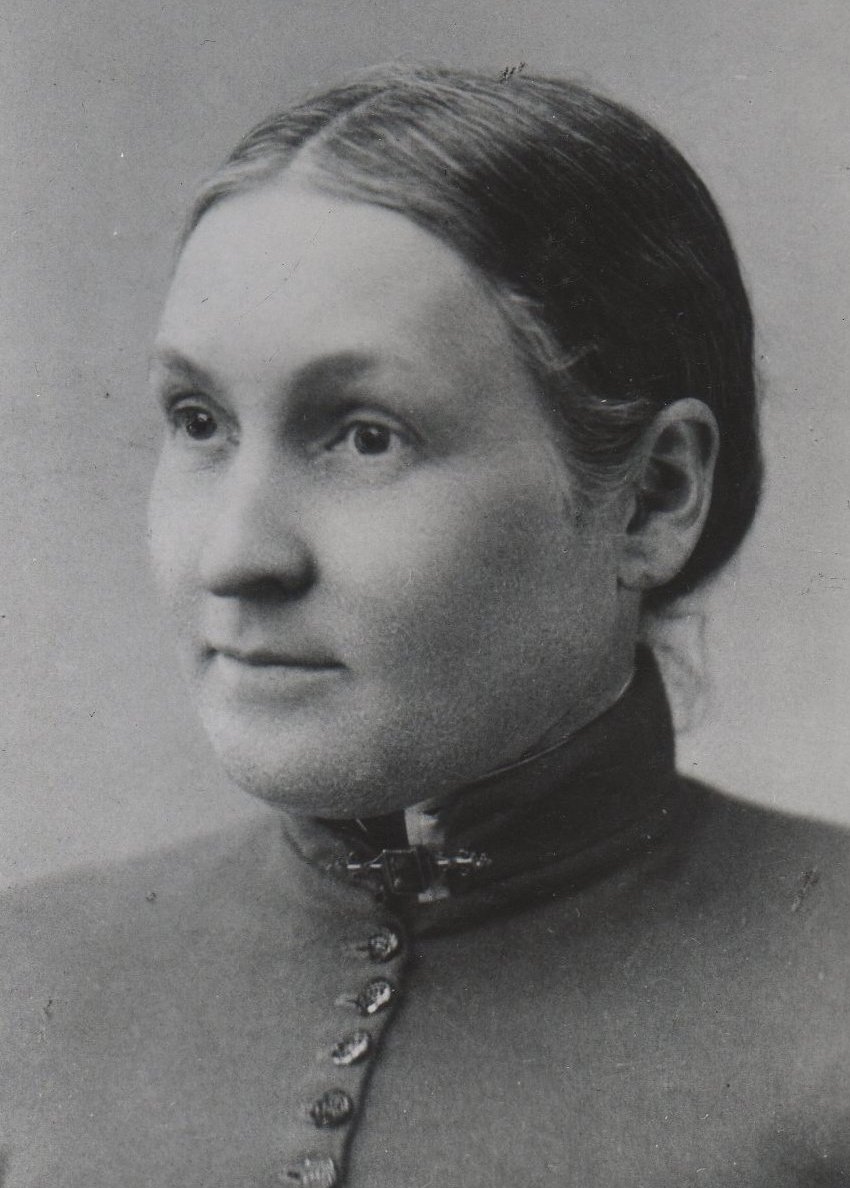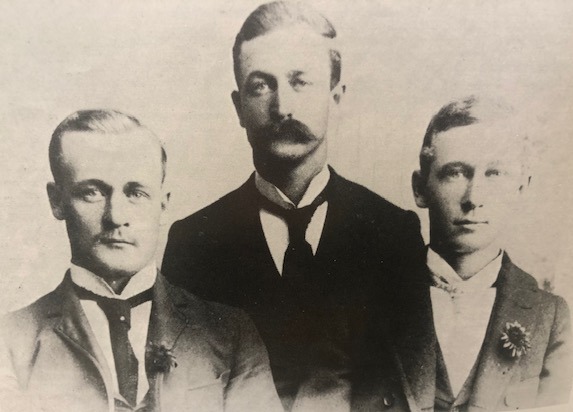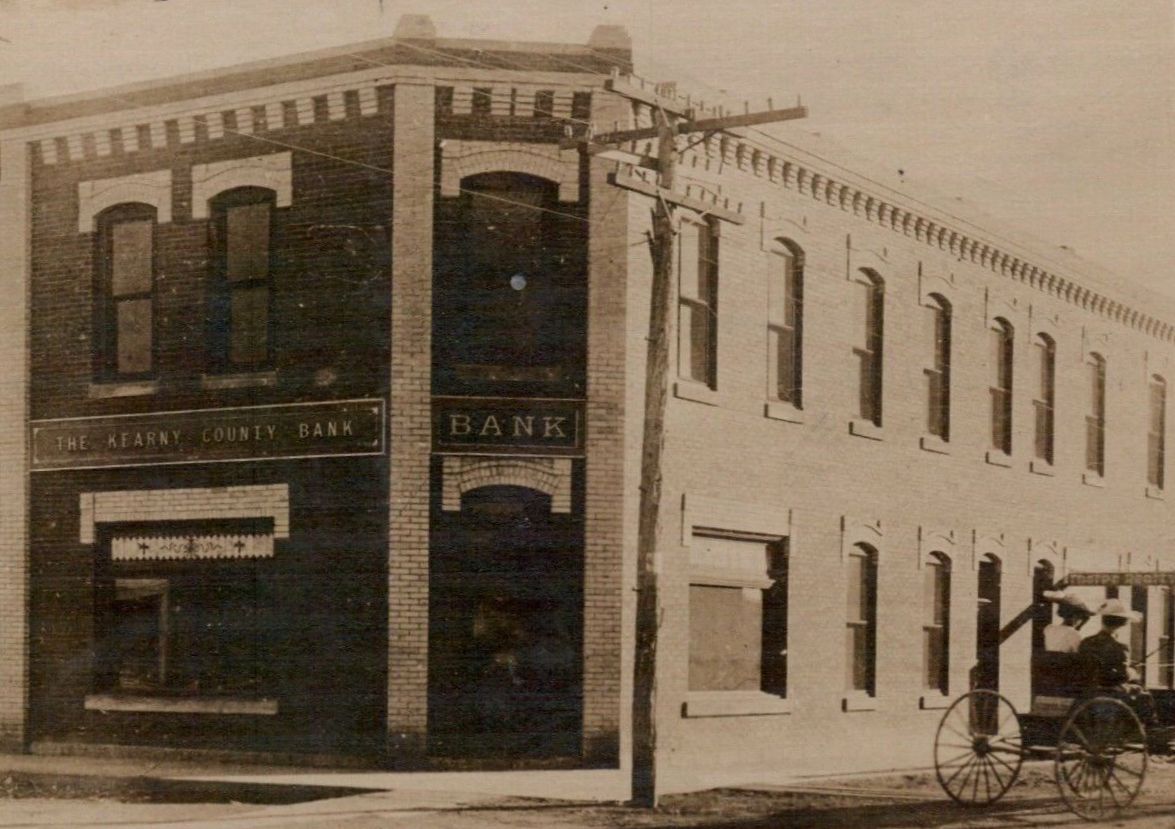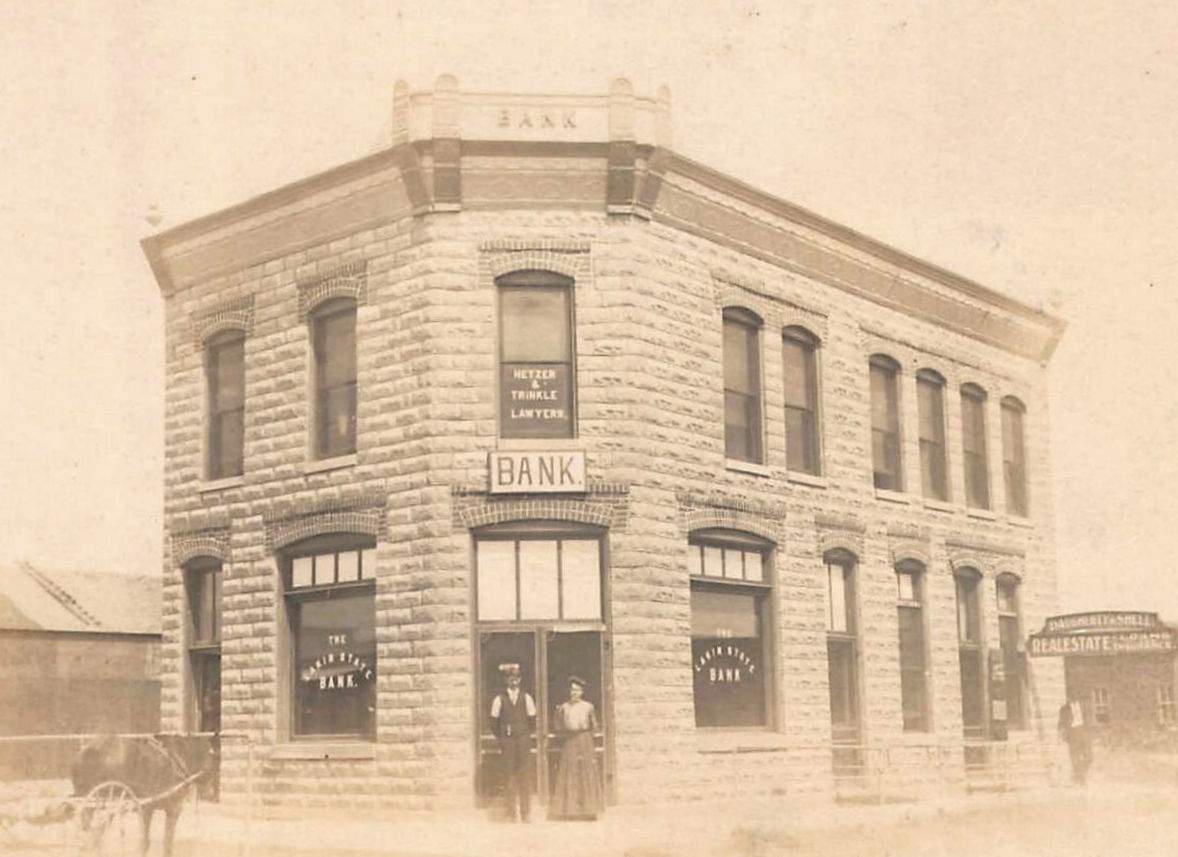The Kearny County Historical Society was organized Nov. 26, 1957 by a number of persons who were interested in preserving the history of Kearny County. Spearheaded by their president, Mrs. Virginia Pierce Hicks, this small group had a vision that has led to the release of two volumes of History of Kearny County, the preservation of the Deerfield Texaco Station, and to the museum complex which is home to the oldest house in Lakin, Columbia one-room school house, the Lakin depot, 12-sided barn, machinery building, and main museum building with annex.
Hundreds of visitors and school children come through the museum door each year, eager to learn about history and see artifacts that offer a glimpse into the lives of those who came before us. Our buildings are overflowing with many fine artifacts, most of which way have been generously donated. We have files upon files filled with historical information, archives of the local papers, and offer research services for those interested in learning more about their families or historical events. Few rural museums have as much to offer as does ours. We are forever indebted to our benefactors, the 16 charter members of the KCHS, and the many dedicated volunteers, board members and employees who came before us and shared their time and talents to make the museum what it is today.
You too can be a part of the Kearny County Historical Society. We encourage you to join us on Saturday evening, May 6, for our annual meeting at the Deerfield Community Center. In addition to learning more about our organization and projects, you will be treated to a delicious brisket meal and program on the Arkansas River given by Hannes Zacharias.
You will need to reserve your spot by calling the Museum at 620-355-7448 by 3 p.m. Friday, April 28. There is no charge for this special event, and we would love to have you as our guest!
If you cannot attend the annual meeting but are interested in becoming a member of the historical society, a mere $20 will pay for a lifetime membership. If you like the articles that have been appearing in the newspaper, you are sure to enjoy our newsletter which is mailed quarterly to our members. With your membership, you will also have the satisfaction of knowing that you are helping preserve our precious past and educating future generations.
